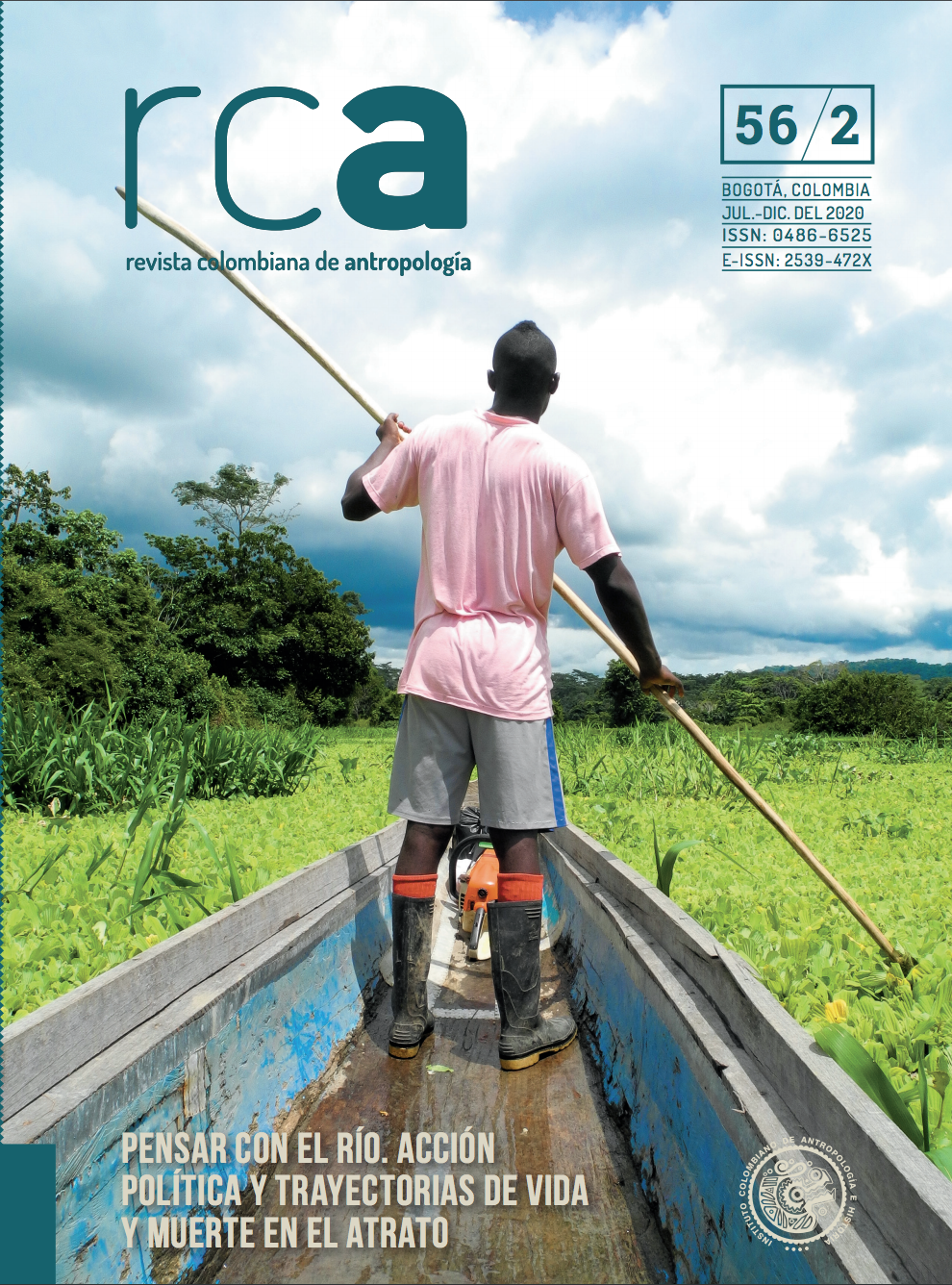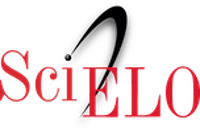Collecting as Multiple Reciprocal Capture: Ethnographers, Scientists and Specimens in a Cosmopolitical Key
DOI:
https://doi.org/10.22380/2539472X.640Keywords:
Cosmopolitics, Science and Technology Studies, collectionAbstract
Inspired by Isabelle Stengers’, cosmopolitical proposal, this article explores how our work can become a matter of interest to the scientists we work with based on a conceptualization of the capture of biological specimens and their ethnographic and biological implications. In this way, we can imagine how the biologist can be symbiote with animals and plants in excess of their species, which involves the sacrifice in presence of the entity that becomes specimen. And from there, imagine how our ethnographic exercise can be symbiote of the Biologist practice, as well as the animals and plants captured, which involves a type of criticism in presence of the scientist and those other entities involved.
Downloads
References
Arbeláez-Cortés, Enrique, Andrés R. Acosta-Galvis, Carlos do Nascimiento, Diana Espitia-Reina, Arturo González-Alvarado y Claudia A. Medina. 2017. “Knowledge Linked to Museum Specimen Vouchers: Measuring Scientific Production from a Major Biological Collection in Colombia”. Scientometrics 112 (3): 1323-1341. DOI 10.1007/s11192-017-2461-4 DOI: https://doi.org/10.1007/s11192-017-2461-4
Barad, Karen. 2007. Meeting the Universe Halfway. Quantum Physics and the Entanglement of Matter and Meaning. Durham; Londres: Duke University Press. DOI: https://doi.org/10.1215/9780822388128
Blaser, Mario. 2018. “Doing and Undoing Caribou/Atiku: Diffractive and Divergent Multiplicities and their Cosmopolitical Orientations”. Tapuya: Latin American Science, Technology and Society 1 (1): 65-82. DOI: 10.1080/25729861.2018.1501241
Braverman, Irus. 2018. “Law’s Underdog: A Call for More-than-Human Legalities”. Annual Review of Law and Social Science 14: 127-144. https://doi.org/10.1146/annurev-lawsocsci-101317-030820
Colciencias. 2016. “Reseña del proyecto ColombiaBio”. Departamento Administrativo de Ciencia, Tecnología e Innovación (Colciencias), Bogotá. https://www.colciencias.gov.co/sites/default/files/upload/paginas/resena-colombiabio-2016.pdf
Cuervo, Andrés M., Carlos Daniel Cadena y Juan Luis Parra. 2006. “Seguir colectando aves en Colombia es imprescindible: un llamado a fortalecer las colecciones ornitológicas”. Ornitología Colombiana 4: 51-58. http://asociacioncolombianadeornitologia.org/wp-content/uploads/revista/oc4/Conetario.pdf
De la Cadena, Marisol. 2014. “Runa: Human but not Only”. HAU Journal of Ethnographic Theory 4 (2): 253-259. DOI: http://dx.doi.org/10.14318/hau4.2.013 DOI: https://doi.org/10.14318/hau4.2.013
—. 2015. Earth Beings. Ecologies of Practice across Andean Worlds. Durham; Londres: Duke University Press.
De la Cadena, Marisol y Marianne E. Lien. 2015. “Anthropology and STS. Generative Interfaces, Multiple Locations”. HAU: Journal of Ethnographic Theory 5 (1): 437-475. DOI: http://dx.doi.org/10.14318/hau5.1.020 DOI: https://doi.org/10.14318/hau5.1.020
Deleuze, Gilles y Claire Parnet. 1980. Diálogos. Valencia: Pre-Textos. Deleuze, Gilles y Felix Guattari. (1980) 2004. Mil mesetas. Capitalismo y esquizofrenia. Valencia:Pre-Textos.
Despret, Vinciane. 2008. “El cuerpo de nuestros desvelos: figuras de la antropozoogénesis”. En Tecnogénesis. La construcción técnica de las ecologías humanas, editado por Tomás Sánchez Criado, 229-261. Madrid: Antropólogos Iberoamericanos en Red.
—. 2012. What would Animals Say if we Asked the Right Questions? Minneapolis: University of Minnesota Press.
Favret-Saada, Jeanne. 1977. Deadly Words. Witchcraft in the Bocage. Cambridge: Cambridge University Press.
Gad, Christopher y Casper Bruun Jensen. 2016. “Lateral Concepts”. Engaging Science, Technology, and Society 2: 3-12. DOI: https://doi.org/10.17351/ests2016.77 DOI: https://doi.org/10.17351/ests2016.77
Gad, Christopher, Casper Bruun Jensen y Brit Ross Winthereik. 2015. “Practical Ontology. Worlds in STS and Anthropology”. Nature Culture 3: 67-86. https://stsinfrastructures.org/content/practical-ontology-worlds-sts-and-anthropology
González Medina, Juan Pablo. 2016. “Biologists, Policymakers and other Specimens: A Story about Collecting, Regulating and Social Interactions”. Tesis de Maestría en Estudios Sociales de la Ciencia y la Tecnología, Departamento de Sociología, Universidad Nacional de Colombia, Bogotá.
González, Angie Daniela, Leonardo Buitrago, Karen Soacha, Iván González, Ricardo Ortiz y Néstor Beltrán. 2016. “Las colecciones biológicas como patrimonio nacional”. En Biodiversidad 2015. Estado y tendencias de la biodiversidad continental de Colombia, editado por María Fernanda Gómez, Luz Adriana Moreno, Germán I. Andrade y Cristina Rueda, 101. Bogotá: Instituto de Investigación de Recursos Biológicos Alexander von Humboldt. http://reporte.humboldt.org.co/biodiversidad/2015/cap1/101.html#seccion1 DOI: https://doi.org/10.21068/B001.2015.101
Gutwirth, Serge, Paul de Hert y Laurent de Sutter. 2008. “The Trouble with Technology Regulation from a Legal Perspective. Why Lessig’s ‘Optimal Mix’ Will not Work”. En Regulating Technologies, editado por Roger Brownsword y Karen Yeung, 193-218. Oxford: Hart Publishers.
Hacking, Ian. 1983. Representing and Intervening. Introductory Topics in the Philosophy of Natural Science. Cambridge: Cambridge University Press. DOI: https://doi.org/10.1017/CBO9780511814563
Haraway, Donna. 2016. Staying with the Trouble Making Kin in the Chthulucene. Durham: Duke University Press.
Henare, Amira, Martin Holbraad y Sari Wastell, eds. 2007. Thinking through Things: Theorising Artefacts Ethnographically. Nueva York: Routledge. DOI: https://doi.org/10.4324/9780203088791
Jasanoff, Sheila y Hilton R. Simmet. 2017. “No Funeral Bells: Public Reason in a ‘Post-Truth’ Age”. Social Studies of Science 47 (5): 751-770. https://doi.org/10.1177/0306312717731936 DOI: https://doi.org/10.1177/0306312717731936
Kemp, Christopher. 2015. “Museums: The Endangered Dead”. Nature 518: 292-294. https://doi.org/10.1038/518292a DOI: https://doi.org/10.1038/518292a
Klem, Daniel. 1990. “Bird Injuries, Cause of Death, and Recuperation from Collisions with Windows”. Journal of Field Ornithology 61 (1): 115-119. https://sora.unm.edu/sites/default/files/journals/jfo/v061n01/p0115-p0119.pdf
Latour, Bruno. 1992. La ciencia en acción. Cómo seguir a los científicos e ingenieros a través de la sociedad. Barcelona: Labor.
—. 2001. La esperanza de Pandora. Ensayos sobre la realidad de los estudios de la ciencia. Barcelona: Gedisa.
—. 2004. “Why Has Critique Run Out of Steam? From Matters of Fact to Matters of Concern”. Critical Inquiry 30 (2): 225-248. https://doi.org/10.1086/421123 DOI: https://doi.org/10.1086/421123
—. 2008. Reensamblar lo social. Una introducción a la teoría del actor-red. Buenos Aires: Manantial.
Latour, Bruno y Steve Woolgar. 1986. Laboratory Life. The Construction of Scientific Facts. Princeton: Princeton University Press.
Law, John. 1999. “After ANT: Complexity, Naming and Topology”. En Actor Network Theory and after, editado por John Law y John Hassard, 1-14. Oxford: Blackwell. DOI: https://doi.org/10.1111/1467-954X.46.s.1
—. 2004. After Method. Mess in Social Science Research. Londres; Nueva York: Routledge.
Martínez Medina, Santiago. 2016. “El cuerpo en anatomización. Práctica, materialidad y experiencia en el anfiteatro médico contemporáneo”. Tesis de doctorado, Departamento de Antropología, Universidad de los Andes, Bogotá.
Martínez Revelo, Diego Esteban y Claudia A. Medina. 2017. “Diagnóstico de la colección de escarabajos coprófagos (Scarabaeidae: Scarabaeinae) del Museo Entomológico Francisco Luis Gallego, Universidad Nacional de Colombia, campus Medellín”. Revista de la Facultad de Ciencias Universidad Nacional de Colombia 6 (1): 93-106. DOI: https://doi.org/10.15446/rev.fac.cienc.v6n1.62794
M’charek, Amade. 2014. “Race, Time and Folded Objects: the HeLa Error”. Theory, Culture & Society 31 (6): 29-56. https://doi.org/10.1177/0263276413501704 DOI: https://doi.org/10.1177/0263276413501704
Medina, Claudia A., Enrique Arbeláez-Cortés, Kevin Giancarlo Borja, Fabio Arturo González, Carlos Luis do Nascimento, Andrés R. Acosta Galvis, Humberto Mendoza y Diana Espitia-Reina. 2016. “Las colecciones biológicas del Instituto Humboldt. Cuatro décadas de historia e investigación en la fauna y flora del país”. En Biodiversidad 2015. Estado y tendencias de la biodiversidad continental de Colombia, editado por María Fernanda Gómez, Luz Adriana Moreno, Germán I. Andrade, y Cristina Rueda, 102. Bogotá: Instituto de Investigación de Recursos Biológicos Alexander von Humboldt. http://www.humboldt.org.co/es/estado-de-los-recursos-naturales/item/898-bio2015 DOI: https://doi.org/10.21068/B001.2015.102




















